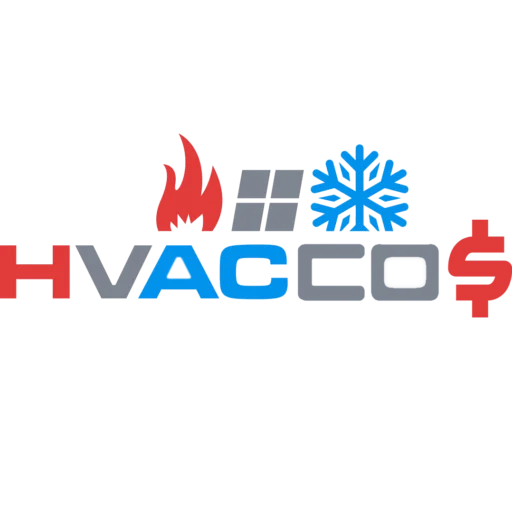In the world of home appliances, hot water heaters are essential for comfort and daily living. For those with Honeywell hot water heater controls, understanding how to reset the system is an important aspect of troubleshooting and maintenance. This guide will provide a straightforward approach to resetting your Honeywell hot water heater control, ensuring you can efficiently handle basic issues and restore normal operation.
Understanding the Need for a Reset:
Resetting your Honeywell hot water heater control can be necessary for several reasons. It might be due to a system error, an unexpected power outage, or after resolving issues like a tripped circuit breaker or a malfunctioning heating element. The reset process helps the heater’s control system clear any faults and start afresh, which is often enough to resolve minor operational glitches.
Safety Precautions:
Safety is paramount when dealing with any electrical appliance. Before you attempt to reset your hot water heater control, ensure the power supply to the heater is turned off. This can be done either at the circuit breaker or the emergency switch on the unit. This step is crucial to prevent electrical shocks and accidents.
Locating the Reset Button:
- Access the Control Panel: The reset button is usually located behind the water heater’s control panel. Locate and carefully remove the panel. This might require unscrewing or gently prying it open, depending on your model.
- Find the Reset Button: Within the control panel, look for a red button. This is typically the reset button for Honeywell hot water heater controls. It should be prominently placed and easily identifiable.
Steps to Reset Your Honeywell Hot Water Heater Control:
- Press the Reset Button: Gently press the reset button. You should feel a click, indicating the button has been engaged.
- Restore Power: After pressing the reset button, close the control panel and restore power to the unit.
- Check Operation: Once the power is back on, observe the heater to ensure it is functioning normally. Check for the regular heating cycle and monitor the water temperature to ensure it is heating correctly.
Post-Reset Considerations:
- Thermostat Settings: Verify the thermostat settings on your water heater. Sometimes a reset may revert these settings to their defaults.
- Recurring Issues: If the water heater frequently requires resetting, this might indicate a more serious underlying issue. In such cases, consulting a professional technician is advisable.
When to Seek Professional Help:
- Complex Issues: If you’re uncomfortable performing the reset, or if the reset doesn’t resolve the issue, professional assistance is recommended. Qualified technicians can diagnose and repair complex issues that are not resolvable through a simple reset.
- Regular Maintenance: Regular professional maintenance can prevent many issues and extend the lifespan of your hot water heater.
Conclusion:
Resetting your Honeywell hot water heater control is a simple yet effective way to troubleshoot various issues. This guide aims to provide homeowners with the knowledge to safely and efficiently perform a reset, enhancing the functionality and reliability of their hot water heater. Remember, while resetting can resolve many minor issues, regular maintenance and professional assistance are key to the long-term health and efficiency of your hot water heating system. By combining these practices, you can ensure that your Honeywell hot water heater provides consistent and reliable service, keeping your home comfortable and your daily routines uninterrupted. However, it’s important to recognize when a problem is beyond a simple reset. In such cases, don’t hesitate to call a professional. Proper care and timely intervention will keep your hot water heater in optimal condition, offering peace of mind and the comfort of hot water whenever you need it.




